Logistics Leader
Sales Engineer
“It’s shocking to hear how each activity that a person has to stop doing due to retinal dystrophy represents a grieving process for them”
Losing the sense of sight after having enjoyed it for years is a very tough experience that most of society is hardly aware of. Around us, there are dozens of people with hereditary retinal dystrophies who have to make real efforts to go out every day and continue their lives almost in the shadows. To support these people, a group of volunteers from Walter Pack participates in an initiative of Ner Group aimed at promoting personal autonomy and encouraging others to leave their homes with volunteers who contribute to their safety. Two of them, Marisol Gago and María Torre, share their experience along with Irene Dalmau, leader of the Society Commitment area at Walter Pack.
Were you aware of hereditary retinal dystrophies? Had you had any previous contact with these diseases?
Marisol Gago. I was aware of degenerative glaucoma because of my father, who has had vision problems in recent years. That’s why I was drawn to this initiative due to the problems it caused him due to the dependence he had on my mother… I thought this experience could serve to accompany both the person suffering from the disease and those who have to give up many things to help them. That made me interested in the project.
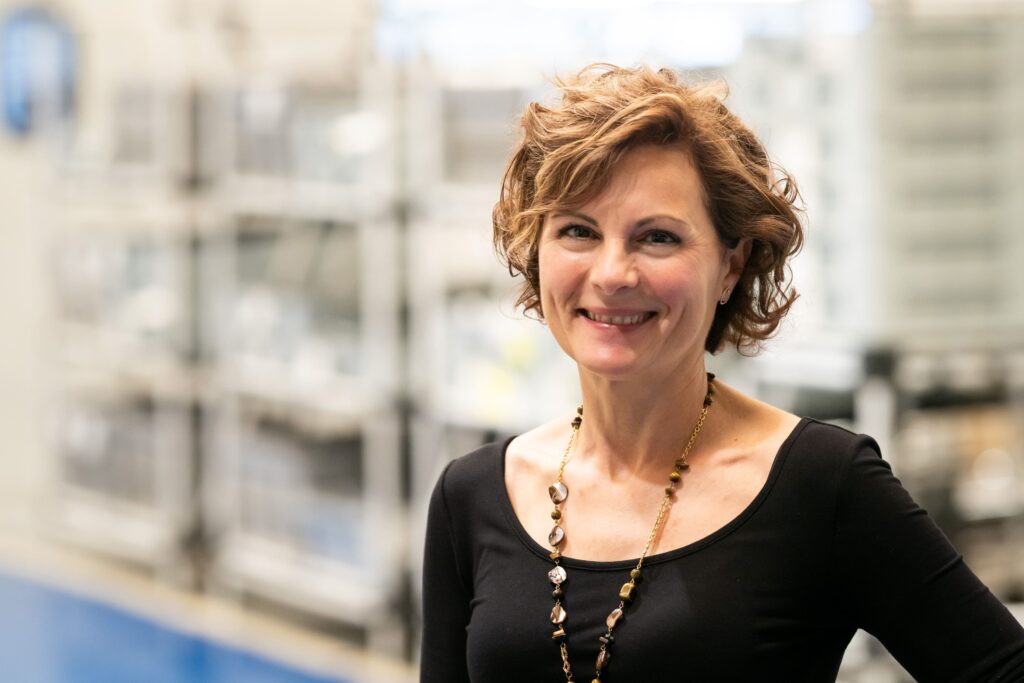
In total, there are five women from Walter Pack participating in this initiative along with Irene Dalmau, Amaia Torrontegi, and Inés González. What motivated you to get involved?
Marisol G.I’ve always been willing to participate in these types of initiatives. When various proposals were presented at Walter Pack, I was eager to join one, and this seemed like the one I could contribute to the most.
María T. I also felt that this was the experience in which I could give the most and which could contribute the most to me. Last year we participated in other experiences, but this one seemed very appealing.
What exactly does it involve?
Marisol G.This initiative has two groups, one that goes on Wednesdays and another on Fridays. I have been participating in the latter since January, and it consists of accompanying a person with limited vision to a center so they can participate in various activities. I meet with her at her house, and we go together to the center, and when it ends, if she hasn’t organized with other people from the center to return, I accompany her back home.
María T. In our group, there are two volunteer people from different companies of the Ner Group who accompany the patients on Wednesday afternoons since last December 20. One or two days before, we organize to decide who accompanies each person to the center they attend to receive dance classes. And at the end of the classes, sometimes a relative picks them up, and other times we accompany them to their home or to a subway stop.
Over this time, have you established connections with these people, do they share their feelings with you?
Marisol G. This initiative is long-term, and I still have little time, but the person I accompany is charming, super open, and very pleasant, and she tells me about all the difficulties she has suffered since she was little.
María T. So far, I have only accompanied two people on four occasions, and both are charming and very special. They explain to you what their disease is, how it affects their life, how their family relationships develop… it’s a very interesting experience. There are many variables of these diseases: there are times when several people who only have 30% vision have it distributed differently, so one can see the ground, another in front, etc. They are people who are very spirited, who have gained a lot of confidence in themselves because they have been living with the disease for years, and who help you a lot.
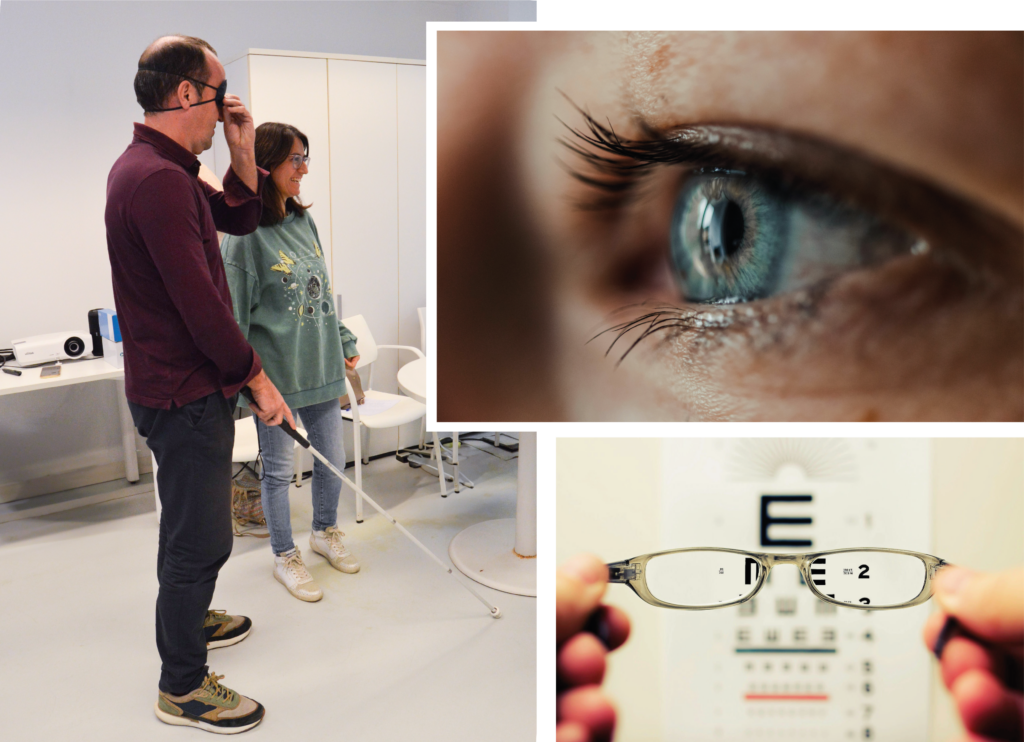
What has struck you the most about this experience?
Marisol G. What struck me the most is that there are people who do not see but have no physical trait that reveals it. We tend to think that blind people have a certain eye tone or dark glasses… but not here. The day we arrived; we were chatting with a person from Begisare without realizing that she was a person with very low vision. This also complicates their day-to-day life and having knowledge of that struck me.
María T. Yes, that absence of physical traits that are stereotypes have even led them to hear comments on occasion that cast doubt on their vision problems, even despite seeing them with a cane. This does not happen when people see that, in addition to carrying a cane, they are accompanied: that’s when they react, step aside, and try not to obstruct.
Irene Dalmau. Personally, what struck me the most was when the person Marisol mentioned explained to us that each activity she had to stop doing represented a grieving process for her. Stopping working, driving… those words suddenly brought me closer to her reality. And the person I accompanied once told me that for her, going out of the house was a triumph, and she did it because she had to continue with her life. Hearing them speak in these terms is shocking.
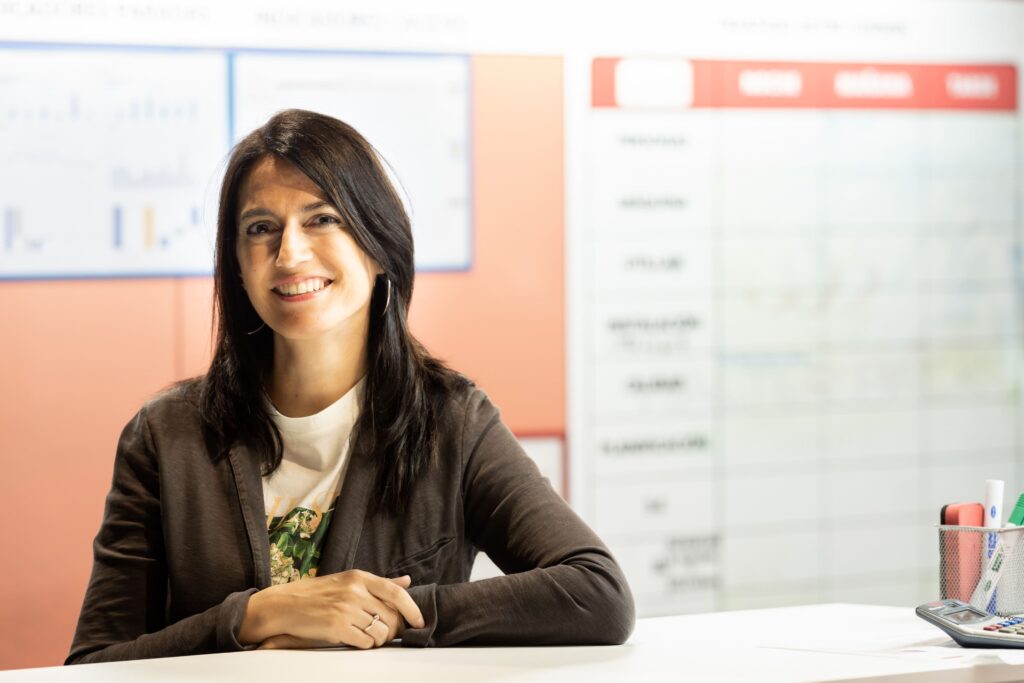
What importance do you think this accompaniment has for these people? Can it help them to become more independent?
Marisol G. Achieving this independence is very difficult when dealing with blindness that worsens over time. The two people we accompany have some autonomy, although they need some support at specific times. But this initiative is more designed for those people who have not yet dared to take the step and begin to become independent: it is an incentive for them to encourage leaving the house and moving with people who provide them with security.
And what does it bring to you?
Marisol G. For me personally, a lot: both for the experience of being able to feel useful and feel that I am helping someone, and for all the experiences they share, the vital value they have… it’s personal enrichment. They are delighted, but I am even more delighted!
María T. Although the two people have quite a bit of autonomy, and there are even times when they guide you to go somewhere, they help a lot with their experience. In the end, bonds of affection are established, and we exchange experiences. It’s a very beautiful experience that allows them to encourage other people to overcome their visual limitations and to carry out activities and live life outside the home.
And from a social point of view, how do you think society perceives this problem?
Marisol G.It depends on the environment you move in. At Walter Pack, many social initiatives are carried out, but in society, I do not perceive a special interest in volunteering.
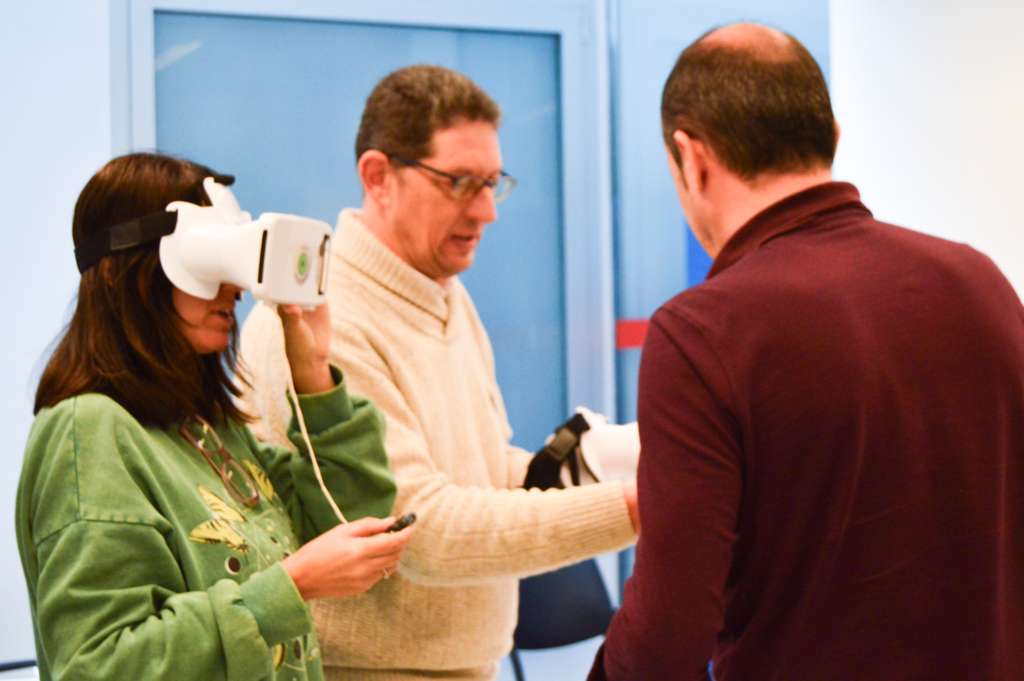
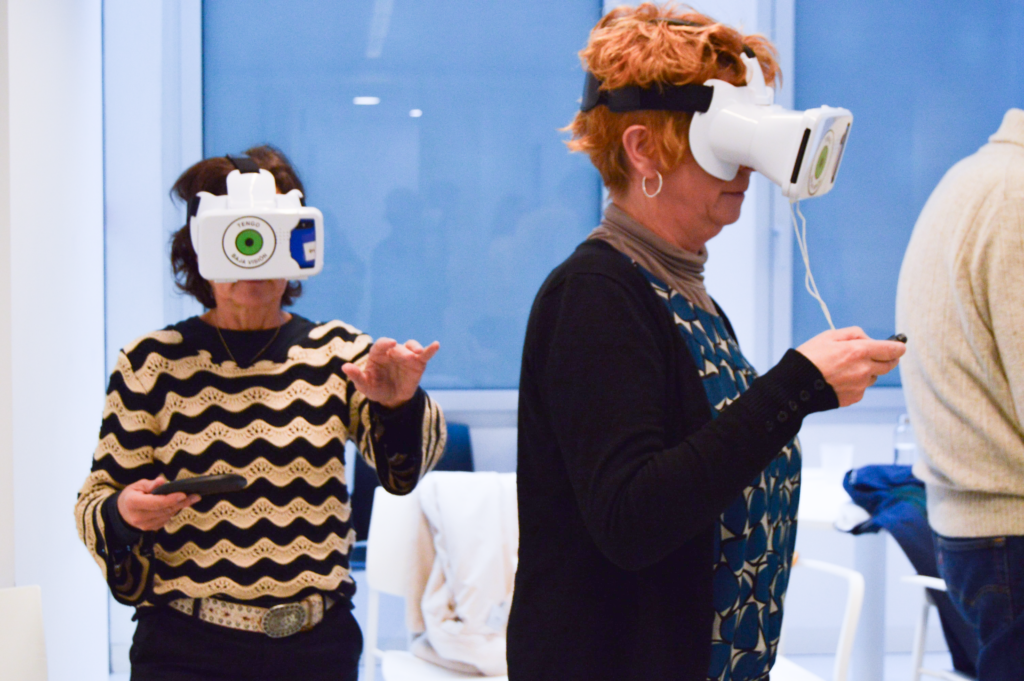
How could greater visibility be given, and social awareness increased?
Marisol G. It’s complicated. There should be more Ner, more organizations that, without being very large, have the capacity to carry out these initiatives. In my environment, the fact that these experiences are promoted from work always arouses interest. I believe there is solidarity when it comes to making financial contributions because it’s easier, but it’s more difficult to find someone who wants to engage in active work.
Irene Dalmau. From an educational point of view, it is very interesting to see that there are already schools that introduce activities that include this type of active participation as part of education, beyond other actions such as food drives.
How would it help if a company were to promote these actions?
María T. It would be perfect. If companies offered the possibility of using part of the workday to carry out these initiatives, participation would increase significantly.
Marisol G.Yes, there are many people who have this sensitivity and who want to participate in some social initiative but do not know how to do it; here at Walter Pack, they have the ease of reaching different ideas and participating in volunteering. This makes things much easier for you and encourages you to reach many places.